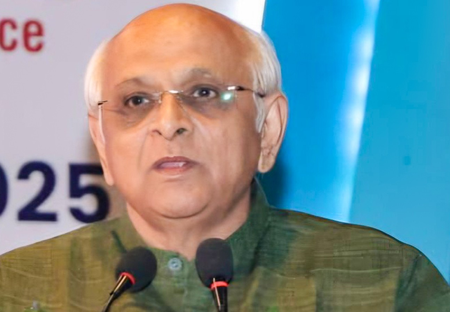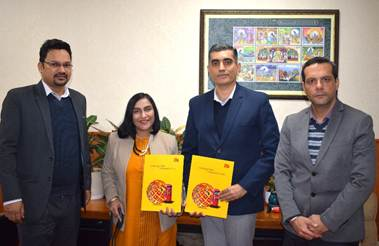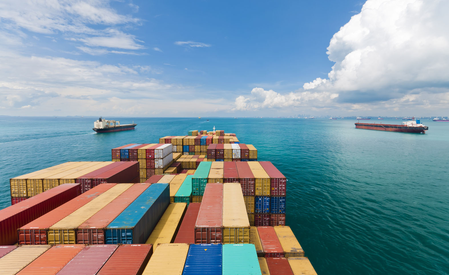
New Delhi, Sep 26 (IANS) Gross FDI coming into India stood at $25.2 billion in Q1 FY26, compared with $22.8 billion in Q1 FY25, representing a robust double-digit growth of 10.5 per cent over the same quarter of the previous year, and if this trend is maintained in the coming quarters, it would result in annual gross FDI inflows of around $100 billion, according to the Finance Ministry’s monthly review released on Friday.
There are notable improvements in equity inflows, while the incidence of repatriations remains broadly at the same level as in Q1 FY25. As a result, net FDI inflows stood at $4.9 billion in Q1 FY26. Additionally, it is pertinent to note that the gross FDI reached a four-year high in June 2025, the review states.
In the Q1 FY26, India’s current account deficit stood at $2.4 billion (0.2 per cent of GDP), declining from $8.6 billion (0.9 per cent of the GDP) during Q1 FY25, mainly driven by higher net invisible receipts, mainly representing remittances, it further states.
Net services receipts increased to $47.9 billion in Q1FY26 from $39.7 billion in Q1 FY25, representing a year-on-year (YoY) increase of 20.7 per cent. Remittance inflows reached $33.2 billion in Q1FY26, registering a 16.1 per cent YoY increase. These inflows now comprise 13 per cent of total current account receipts in Q1FY26 and play a crucial role in supporting household consumption and maintaining macroeconomic stability.
In August 2025, foreign portfolio investment (FPI) saw net outflows of $2.3 billion, primarily due to equity outflows amounting to $4 billion. This was partially offset by net inflows of $1.4 billion into the debt segment.
As of September 12, the foreign exchange reserves stand at a level of $703 billion, providing an import cover of 11.6 months and around 94.8 per cent of India’s total external debt outstanding as of end-March 2025, the report observes.
The report also highlights that persistent shocks, including tariff uncertainties, geopolitical tensions, and disruptions in supply chains, have reshaped global trade dynamics. Historically, increases in uncertainty were episodic and relatively contained, as multilateral and regional agreements served as stabilising factors, mitigating abrupt policy shifts and providing predictability to global markets. Against this backdrop, in 2025, uncertainty reached unprecedented levels, posing considerable challenges for global trade, the report added.
–IANS
sps/vd




